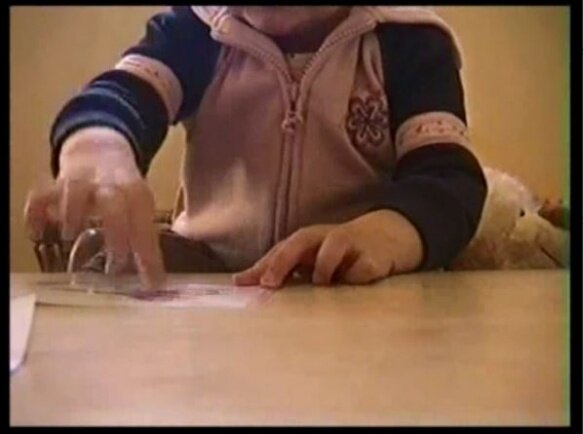The Changing Role of Gesture in Linguistic Development: A Developmental Trajectory and a Cross-Cultural Comparison Between British and Finnish Children
K. H. Huttunen, K. J. Pine, A. J. Thurnham, C. Khan
Journal of Psycholinguistic Research, February 2013, Volume 42, Issue 1, pp 81-101
Abstract
We studied how gesture use changes with culture, age and increased spoken language competence. A picture-naming task was presented to British (N = 80) and Finnish (N = 41) typically developing children aged 2–5 years. British children were found to gesture more than Finnish children and, in both cultures, gesture production decreased after the age of two. Two-year-olds used more deictic than iconic gestures than older children, and gestured more before the onset of speech, rather than simultaneously or after speech. The British 3- and 5-year-olds gestured significantly more when naming praxic (manipulable) items than non-praxic items. Our results support the view that gesture serves a communicative and intrapersonal function, and the relative function may change with age. Speech and language therapists and psychologists observe the development of children’s gestures and make predictions on the basis of their frequency and type. To prevent drawing erroneous conclusions about children’s linguistic development, it is important to understand developmental and cultural variations in gesture use.
© Springer
Read Full Article







